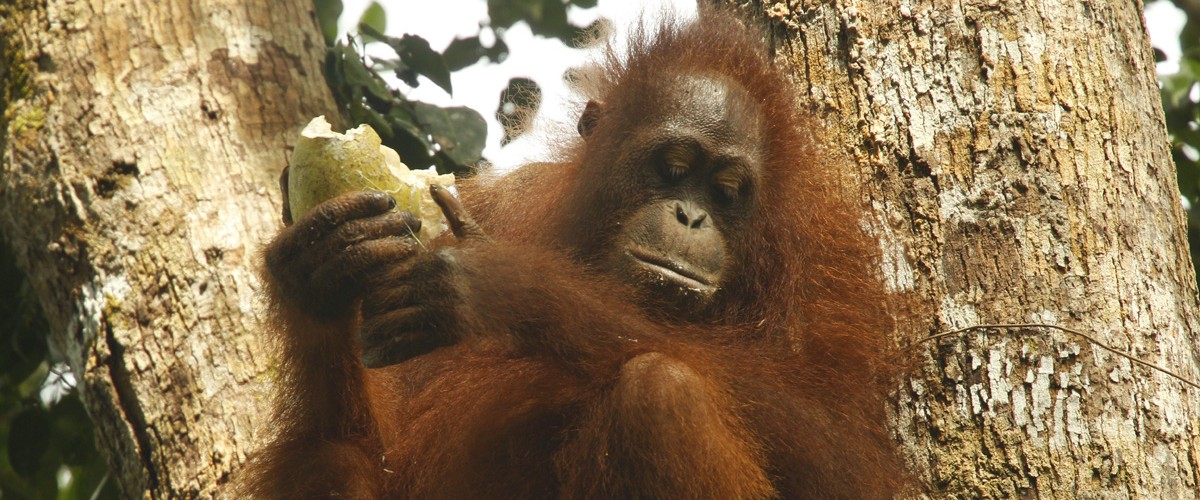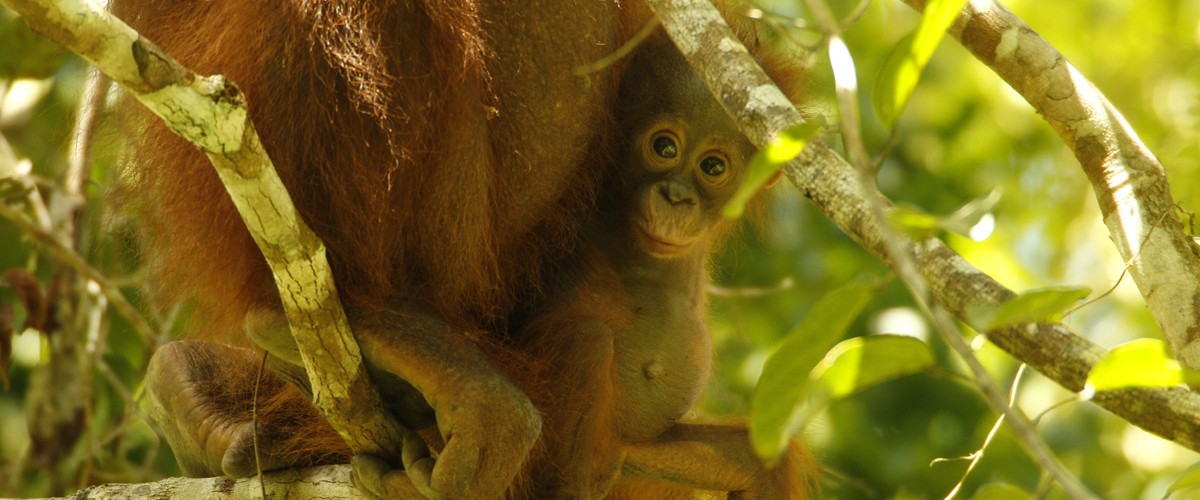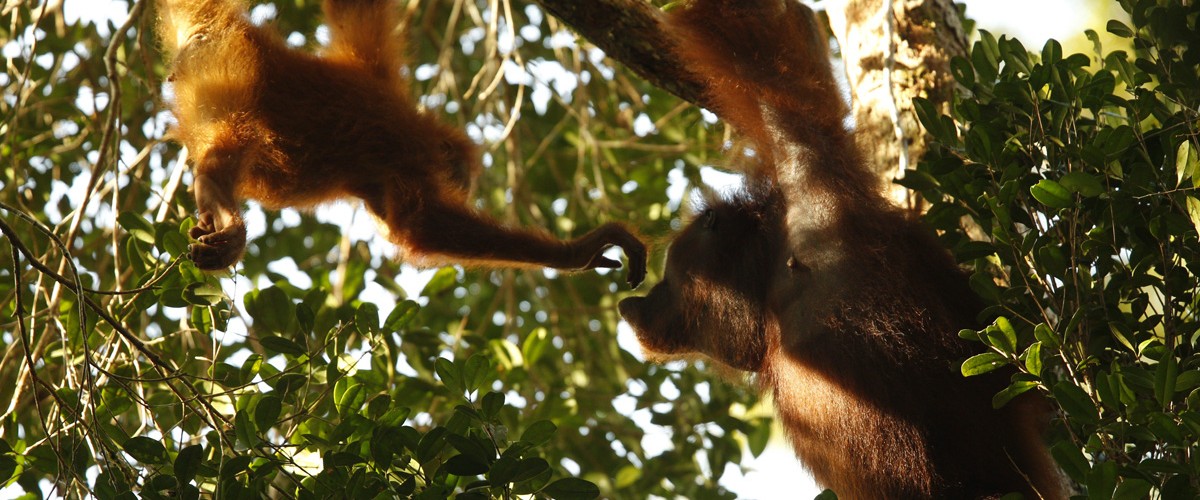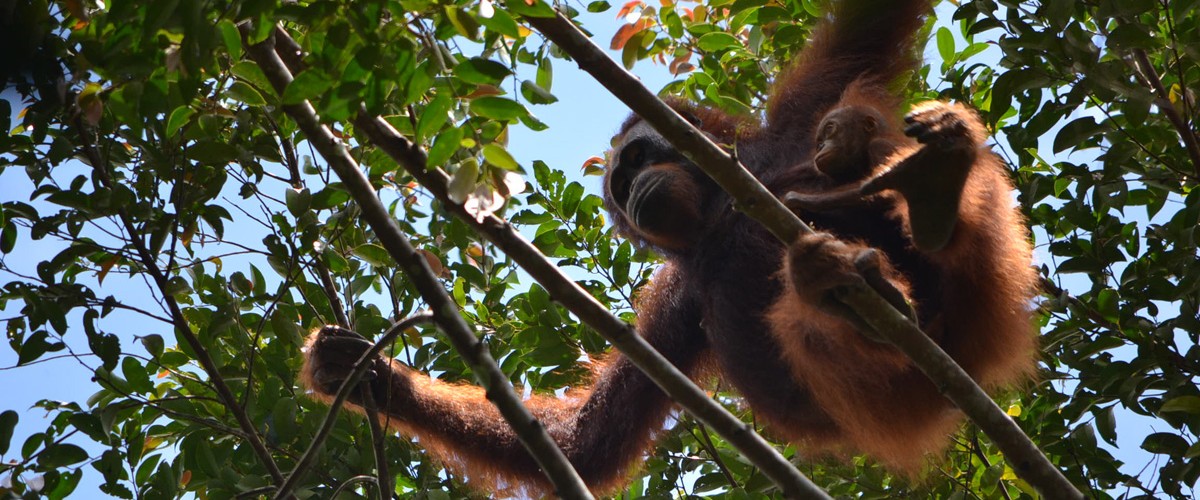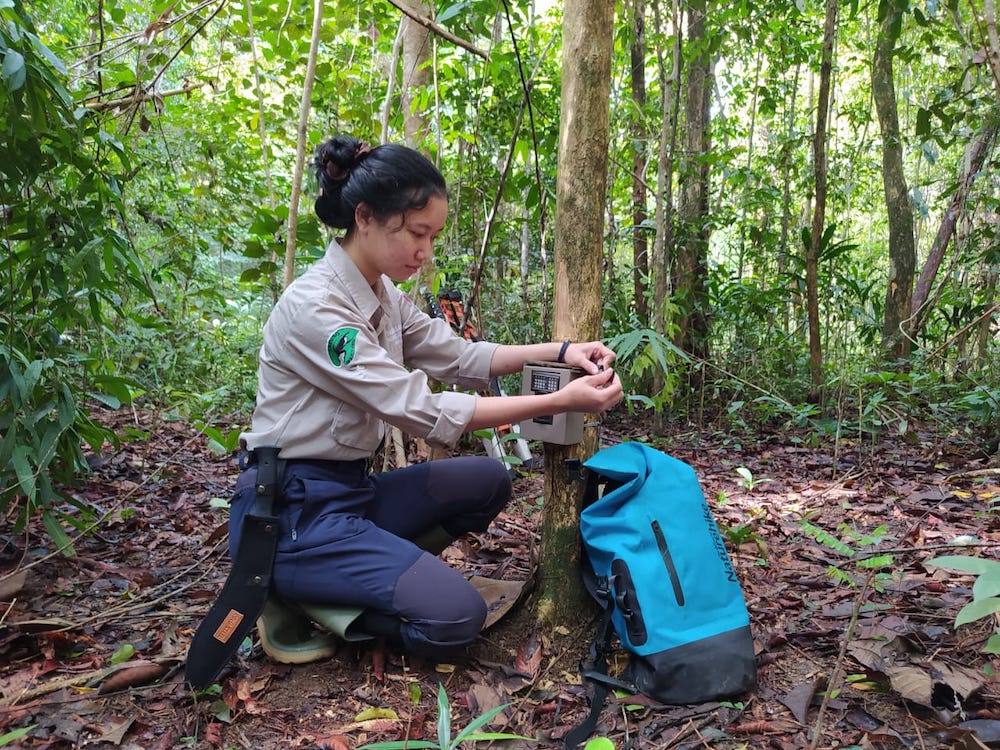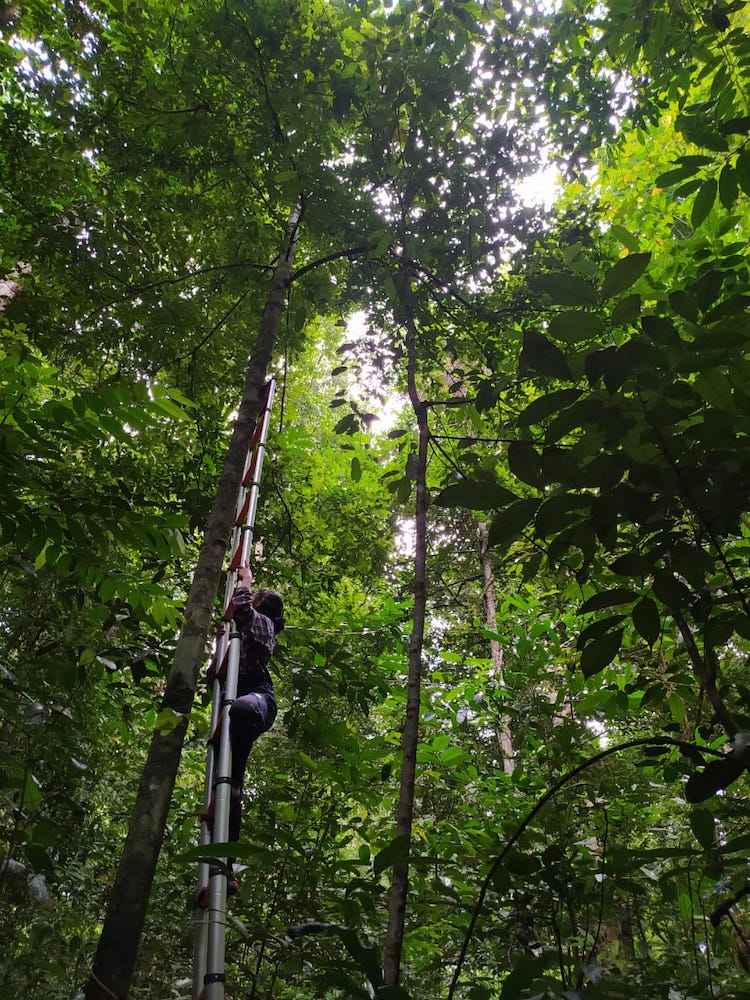By Rani Ferdianty, Student Researcher
Hi! My name is Rani Ferdianty, and I am in my final semester of university at the National University (UNAS) in Jakarta. At UNAS I am studying Biology because I really like animals and the living things around me. Apart from attending classes, I also help to manage two conservation organizations called the Primate Study Forum, “Lutung,” and the Sea Turtle Study Group, “Chelonia.” In these organizations, I’ve learned quite a lot, from various perspectives, about animal life in nature. I’ve learned about biodiversity, the distribution of primates and turtles in a location, how to protect the animals themselves, and how to educate the public about the importance of a balanced life, so that nature and humans can coexist on earth.

Sri Suci Utami Atmoko, or Mba Uci as I call her, is my academic supervisor at UNAS. For years, she has dedicated her life to conservation, especially the conservation of primates. I really admire her for this. Wahyu Susanto, has also been a great mentor to me and taught me about his conservation work as the Research Director of GPOCP. Thanks to both of them, I have been able to travel very far from home, to an island that I had never been to before. Yes, the island is called Kalimantan (Borneo)!

Since the first time I set foot on this island, I’ve seen many things that I regret to know have happened here – like the vast expanse of oil palm plantations I saw from behind the airplane window, and illegal logging and forest fires that occur every year which make the soil lose nutrients and reduce its power to absorb water, causing natural disasters like flooding.
My undergraduate thesis research, which I am now conducting, is on the Diversity of Mammals in the Rangkong Area, in Gunung Palung National Park. The Rangkong area, located between Cabang Panti Research Station and Tanjung Gunung Village (see the map in the first article), has been subjected to lots of illegal logging. Therefore, I wanted to know how mammals adapt and live in these conditions.
At Cabang Panti Research Station, I met Pak Herman (who works on camp and trail maintenance, and as a research assistant), who has become like a father figure to me. He is very kind and considerate, and has helped me a lot with my research. Pak Herman has helped me to install camera traps and check them twice per month. I installed these camera traps in both arboreal and terrestrial areas. So far, I’ve gotten camera trap footage of mammals from 5 different taxonomic orders, with a total of 22 species found. The mammals captured consist of the Carnivora order, namely Catopuma badia (Bornean bay cat); the Primate order, namely Pongo pygmaeus (Bornean orangutan); the Artiodactyla order, namely Tragulus napu (greater mouse-deer); the Rodentia order, namely Ratufa bicolor (black giant squirrel); and the Scandentia order, namely Tupaia dorsalis (striped treeshrew).
While at the research station, I’ve stayed in a room next to the Air Putih River. The river has clear water, and in it, there are big fish and white sand, surrounded by green trees. It is very beautiful. Every afternoon I sit on the porch of my room to watch a group of Macaca fascicularis (long-tailed macaques) perched on a tree on the opposite side of the river. I watch them while enjoying some warm coffee and the musical sounds of nature. During my time in Gunung Palung I’ve also helped to follow orangutans and collect samples of feces, urine, and fruit. I really like it when an orangutan mother and her child hang on to each other’s body while eating.
I’ve thoroughly enjoyed my experience in the forest so far, and I’m excited to see what the rest of my time brings.
